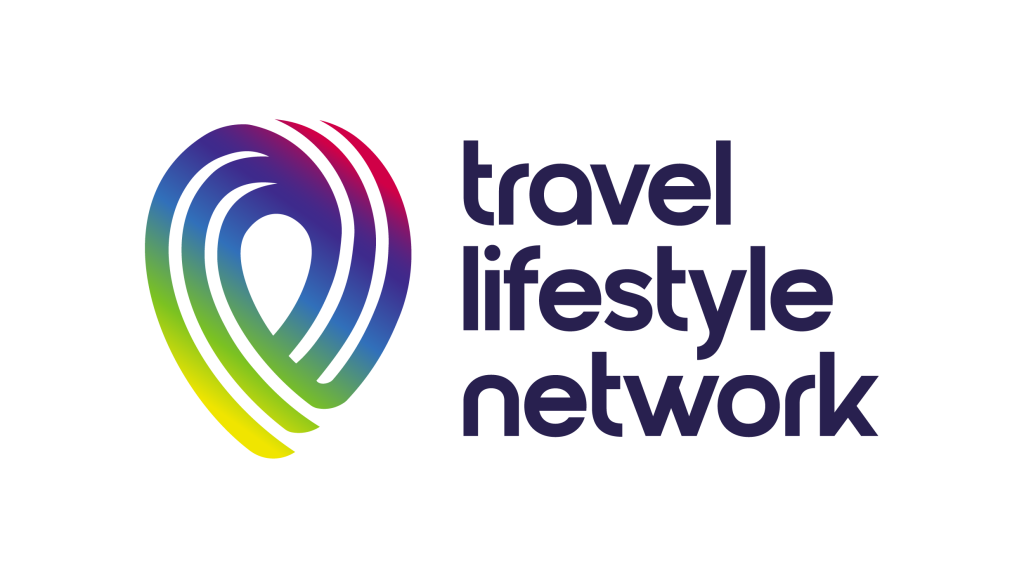As the Travel Lifestyle Network turns 20, its collaborative model offers an alternative blueprint for international growth
When PR agencies look to grow internationally, the default model still centres around holding companies, shared branding, and centralised operations. For agency leaders, the message seems clear: if you want global reach, you need global infrastructure – and that usually means giving up something along the way, whether it’s independence, agility, or cultural nuance.
But what if there was another way?
For Agnes van Duffelen, Managing Director of Baltus Communications in the Netherlands, nearly two decades as a member of Travel Lifestyle Network (TLN) have offered a very different experience – one where collaboration across borders isn’t mandated, but chosen.
TLN is a voluntary network of independently owned PR agencies specialising in travel and lifestyle. And while its agencies span five continents, there is no shared office, brand, or holding structure. What unites these firms is trust, insight, and a willingness to support each other in ways that matter far more than a common logo ever could.

“Everyone is still fully independent,” van Duffelen says. “We haven’t merged. We run our own businesses and make our own decisions. But we choose to work closely together, and that trust makes the collaboration even stronger.”
In an age of global complexity, cultural nuances and tighter budgets, TLN’s distinctly collaborative model offers a fresh perspective, rooted not in size, but in thoughtful, human-centred scale.
One key differentiator in the TLN model is its decentralisation by design. All the member agencies operate independently yet remain deeply connected to one another. There is no top-down pressure or formalised reporting structures, but the intent to collaborate is strong.
Van Duffelen is quick to point out that this model only works because of the trust established between members. It’s a style of partnership built over years of joint campaigns, pitch support, and knowledge sharing, and one that invites openness rather than competition.
“You get something you don’t often find in traditional networks,” she says. “We talk honestly about what’s working and what isn’t. People share playbooks, proposals, strategy documents. Some agencies have even sent us their entire decks to help with positioning or messaging. There’s generosity in this network, and that changes how you work.”
That generosity extends into local expertise. As clients increasingly seek hyper-relevant, culturally tailored campaigns, particularly in the travel space, in-market insight is no longer a nice-to-have. It’s an essential part of campaign planning. But the usual approach (developing centrally and localising later) rarely delivers the same impact.
“When you work with someone who actually understands the market: how the media works, what topics are gaining traction, what tone to avoid, you can build a message that really resonates,” says van Duffelen. “It’s not just translation. It’s true relevance.”
That deeper relevance and strategic alignment can also be invaluable when pitching for international work. For smaller agencies, being part of a high-profile global pitch can feel risky, but alignment with trusted partners in the network often opens doors.
“There have been times when we were considered too small for a global project,” van Duffelen shares. “But once the client realised we were working with respected UK or German agencies through TLN, it shifted everything. That connection gave them the confidence to move forward with us.”
Beyond pitches and client delivery, TLN also acts as a continuous learning network. From adapting to shifting media habits to exploring emerging tech platforms, van Duffelen says the group regularly shares updates on what’s changing in their local markets and how they’re responding.
“Natalia Rosa [CEO, Big Ambitions, South Africa] was already using AI tools like ChatGPT months before the rest of us,” she says. “She walked us through how it could be used in strategy work. That encouraged me to take a course here in the Netherlands, and now it’s become part of our internal processes, too.”
But none of this happens automatically, she adds. The value of any network depends on what members put into it. While some agency leaders see networks as passive directories, waiting for referrals or leads, TLN thrives on active contribution.
“You can’t just join and wait for things to come your way,” van Duffelen says. “You have to engage, ask for help, offer support. When you put the time in, the rewards often go far beyond new business.”
As more PR professionals look for ways to scale intelligently without losing their cultural edge, creativity, or client closeness, models like TLN offer a compelling alternative to conventional globalisation. They show that strong networks don’t need to own the agencies within them. They simply need to create space for people to work together well.
“Staying true to who we are has always mattered to us,” van Duffelen reflects. “And through TLN, we’ve stayed independent but connected. That’s a powerful place to be.”
